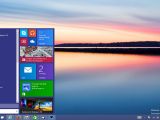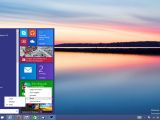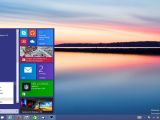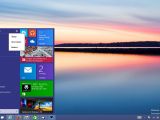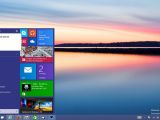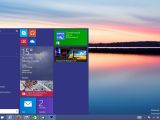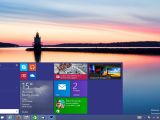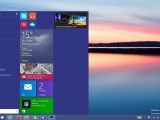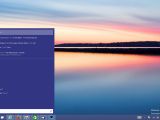Microsoft came down to an unexpected decision in Windows 8 when it removed the Start menu from its operating system completely, but after two years full of criticism coming from users who had trouble getting around the desktop, the company brought it back along with a bunch of pretty helpful features.
The Start menu is here in Windows 10 Preview and everyone can give it a try by downloading the official testing bits, but keep in mind that this remains an unfinished product and certain bugs could still exist.
As announced by Microsoft at BUILD 2014 in San Francisco, when it confirmed the return of the Start menu, the revamped version indeed comes with a new look and feel that brings it in line with the design that the company has been promoting ever since the debut of Windows 8.
Windows 10's Start menu is based on the same approach as its sibling in Windows 7, but at the same time, it also comes with some other features that could really come in handy to those who have already tried Microsoft's modern operating system.
Highly customizable
One of the first things that you'll notice when you click the Start button is the new look of the menu that now incorporates live tiles borrowed from Windows 8's Start screen.
Tiles play the same role as on Windows 8 and can display information from the app, such as the weather forecast and playback details. At the same time, tiles can be resized using the same modes as on Windows 8, so you can switch to a small, medium, wide, or large configuration, depending on your preferences.
If you remove all tiles, the Start menu looks exactly the same as on Windows 7, and this is clearly one of the things that those running an older version of Windows would love. It's just a simple design with a list of installed apps, all working smoothly and without any other complex features.
Adding new tiles is easy. Just right-click on any installed Metro app and select the "Pin to Start" option. By default, the Start menu borrows the color scheme of the operating system and at this point you cannot choose a different color just for it.
Users can also disable the Start menu and switch back to the Start screen using an option in taskbar properties, but a sign-out is also required.
Manual and automatic resizing options
The Start menu can be resized to better fit the screen as you wish. Auto resizing options are available to make the menu expand as you add new options, but you can also do it manually by clicking one of its corners, in the same way you do with windows on the desktop.
This obviously comes in handy to those who want to keep things simple on the desktop, but can also appeal to users who want a mix of the Start menu and the Start screen and try to make the first eat up all space on the screen.
Full-featured search
The Start menu now comes with its very own search option that can help you look for information both locally and online. This particular feature is exactly the same as on Windows 8.1, but the big difference is that the search box has been moved from the Start screen to the Start menu.
Bing is powering the search as well, and once you type in a keyword and hit enter, you're provided with a full-screen "Search" Metro app that shows you the Bing search results page.
At this point, you can't select a different search provider, but this could change before the final version of Windows 10 comes out.
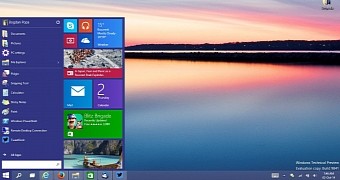
 14 DAY TRIAL //
14 DAY TRIAL // 
